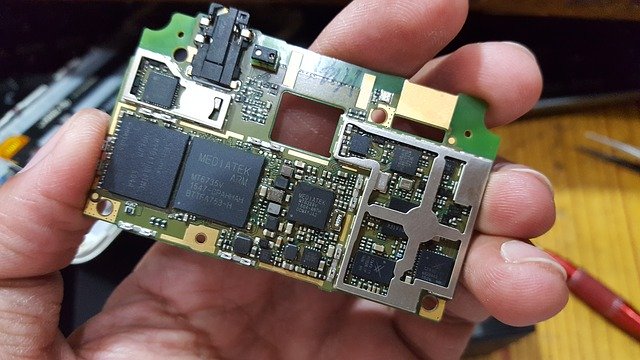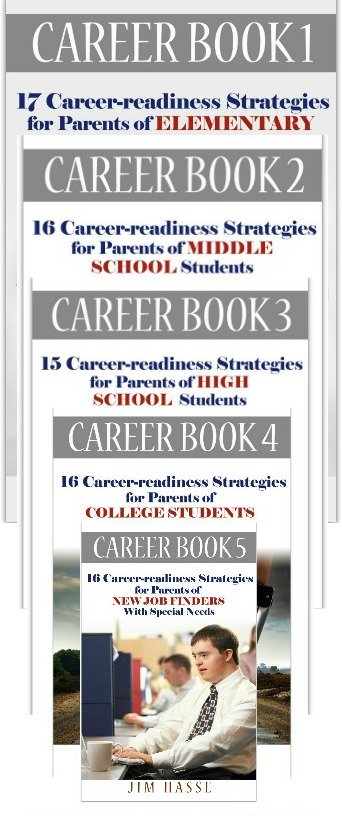Crucial Technology: Cerebral Palsy Career Builder for Middle School Students
By Jim Hasse, ABC, GCDF, Disability Employment Expert
_________________________________________________________
There are 20 crucial technology skills the middle school student with cerebral palsy (CP) you’re mentoring needs to start learning now in preparation for tomorrow’s job market.
The first 19 of these skills are part of an evaluation form developed for Global Career Development Facilitator (GCDF) training by the National Career Development Association (NCDA).
I added an additional skill geared toward online accessibility for individuals with disabilities.
Using a scale of 1 to 5 with 1 as “poor,” 3 as “average” and 5 as “outstanding, I recommend employing the following list of technology skills as a tool to evaluate your own standing as a career-coaching parent and then compare your results to your youngster’s own self-appraisal.

Crucial technology skills
- Basic
computer skills (turning it on, using a mouse or keypad).
- Starting
and using programs (menus, online helps, installing or upgrading applications,
opening programs, saving and backing up, creating folders, clicks and double
clicks, sending e-mails).
- Using
a word processor or text editor to input text.
- Creating
or opening PDF files.
- Creating
a website (see wix.com).
- Navigating
the Internet and finding the information you want; opening multiple pages.
- Knowledge
of career-related sites and how to use them.
- Knowledge
of social networking sites and how to use them.
- Evaluating
online information on criteria such as relevance, currency, validity.
- Chatting
verbally online using VolP.
- Chatting
using text-based chat.
- Creating
or moderating discussion boards or blogs.
- Importing
video and audio information.
- Knowing
where to find technical support.
- Awareness
of and following netiquette rules.
- Knowledge
of how to encrypt messages or files for security.
- Running
virus protections.
- Saving
or printing browser contents.
- Trouble-shooting
technological problems (onsite and from a distance).
- Knowledge of online accessibility standards (W3C standards).
You may believe your middle school student is much more technologically savvy than you are, but instructors at the high school and college levels report that today's students may know what to do but don't necessarily understand the basic technological principles about how today's gadgets work.
Understanding "why" may be just as important as knowing "how" as we move deeper into technology during this second decade of the 21st Century.
And, of course, this list of technological skills is not cast in stone. Help your middle school student add to it and modify it as technology changes so he or she will be up-to-date when it comes time to enter the job market. Make this list of skills a living document.
Remember -- it’s not always important to be highly competent in each area. It may be sufficient enough just to know where to get expertise to carry out the particular function when it is needed.
So, in addition to updating this crucial technology list periodically, add links behind each competency that you find which can provide that expertise.
Return
from Crucial Technology to Career Test
Go
to Cerebral Palsy Career Builders
This is Creative Commons content. You can freely and legally use, share and repurpose it for non-commercial purposes only, provided you attach this sentence and the following attribution to it (including the two links):
Originally written and illustrated by Jim Hasse, ABC, GCDF, owner of Hasse Communication Counseling, LLC, who, as a person with cerebral palsy, served for 10 years as a vice president in a Fortune 500 company during his 29-year career in corporate communication. He’s an Accredited Business Communicator, certified as a Global Career Development Facilitator and author of 14 Amazon books about disability awareness and disability employment issues.





